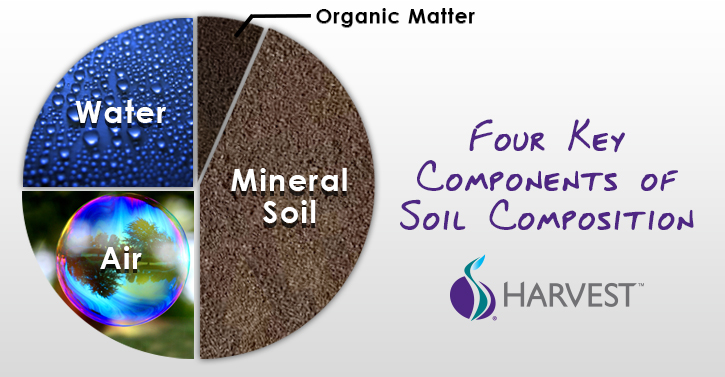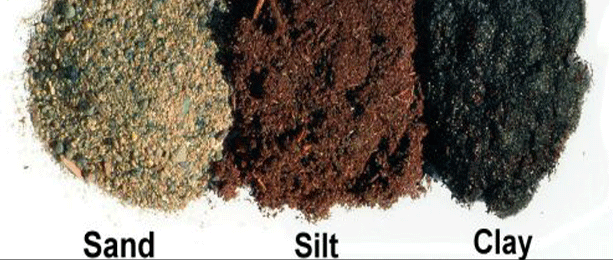Though you can purchase healthy seedlings and seeds to plant in the hopes of beautiful blooms, tasty, nutritious fruits and vegetables, the health of the plants you purchase will not continue if planted into soil that is lacking in the nutrients they require. When considering planting flower, vegetable and other plants it is essential that the soil be optimized for planting in advance. While some gardeners are fortunate to have rich soil in which to plant, most do not. Common issues gardeners face, particularly when trying to establish a new garden, is soil that has too much sand or clay in it, too much acidity, or has stones and pebbles throughout. All of these problems can be remedied and with some effort turned into ideal soil for planting.
 The main components of good soil are weathered rock and organic materials that have broken down, air and water. Time and weather conditions, along with chemical and biological processes, break rock down into minerals, and accounts for approximately half of soil’s composition.
The main components of good soil are weathered rock and organic materials that have broken down, air and water. Time and weather conditions, along with chemical and biological processes, break rock down into minerals, and accounts for approximately half of soil’s composition.
Around 5 to 10% of the soil is composed of organic materials such as decomposed plant materials such as fallen leaves, grass, weeds and other types of vegetation. Organic matter plays a role in maintaining moisture as well as providing storage for nutrients. It is also the food source for microorganisms in the soil.
In good soil 25% is air. The air produces pores between soil particles and contributes to the free movement of nutrients and water, as well as earthworms and other organisms. Water composes around 25% of soil’s composition and along with air helps nutrients move through the organic material.
The first step to building an ideal soil for planting is to identify the type of soil. This can be undertaken by a professional, who in turn can provide an assessment and recommendations for improvements. There are three main types of soil and once it has been ascertained which type the gardener or grower is working with a method of treatment can be started.

Sandy soil – Soil that is composed largely of sand has large pores and water drains from it very quickly, which poses a challenge for growers as moisture levels are difficult to maintain. As water drains the nutrients are carried away, causing plants to suffer from a lack of the nutrients. This soil has an inability to stick together.
Treatment for sandy soil can be as simple as adding compost to reduce the percentage of sand in the soil. The addition of mulch can also be of benefit.
Clay soil – In complete opposition to sandy soil, clay soil has very little space and packs very tightly, making it extremely difficult for air and water to move freely through it. Clay soil poses a challenge to the fragile rooting system of plants because it is extremely difficult for the roots to force their way into the soil.
Treatment for clay soil is the addition of organic matter. It is important to avoid treading on the soil as this will only pack it down even further. Planting in raised beds will aid in effective drainage.
Silty soil – Like clay soil, silty soil has very small pores and does not drain well. Treatment for silty soil is very similar to clay soil i.e. addition of organic matter and avoiding trampling the area.
